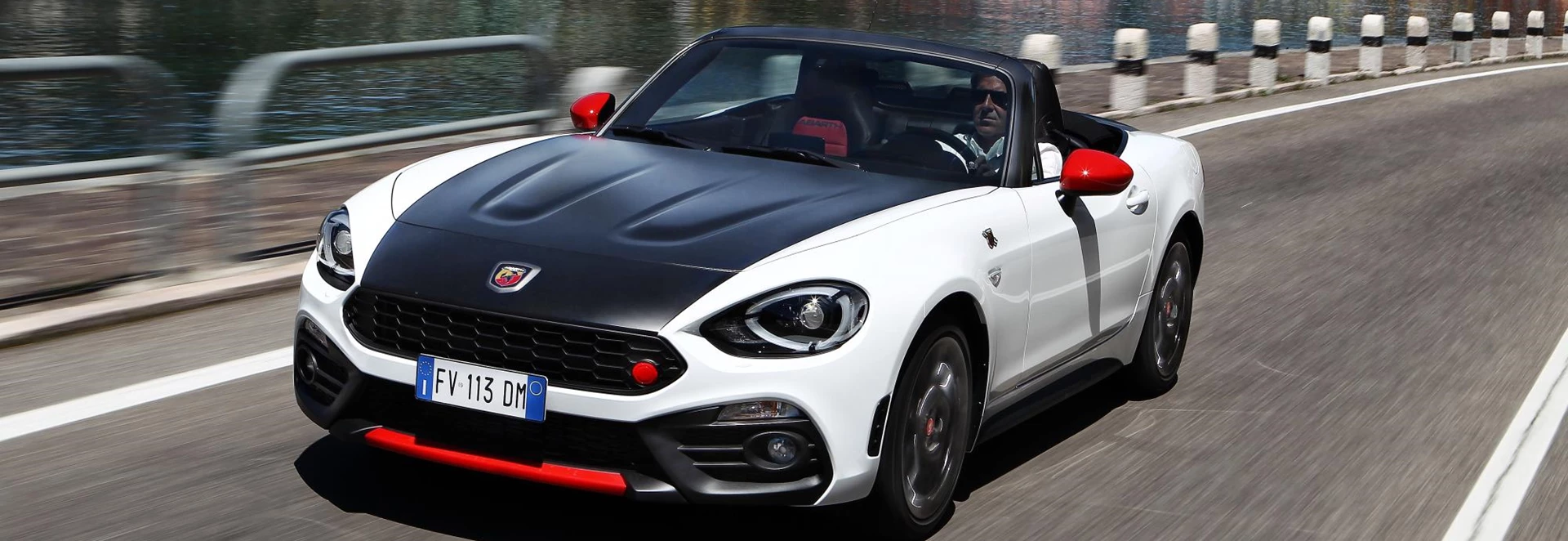When it comes to the current crop of affordable, rear-wheel drive roadsters you can go one of two directions: if you want something that’s great to drive and works well for serious drivers on a track, you get the new Mazda MX-5, preferably with the 2.0-litre engine.
If, however, you want something that looks good, feels good, goes well enough and is perfect for lounging around in for good days, cross-continental road trips, beach excursions etc, then you can get the Fiat 124 Spider.
Pretty open and shut, right? Well, maybe not. Because along comes Abarth to chuck a big scorpion-badged spanner in the works. Its own tweaked, fettled and boosted version of the 124 Spider is big on power, light on weight, rear-wheel drive and with a limited-slip differential as standard.
All the ingredients necessary for a bloody good drivers’ car, basically. So which to go for, Mazda or Fiat?
Performance
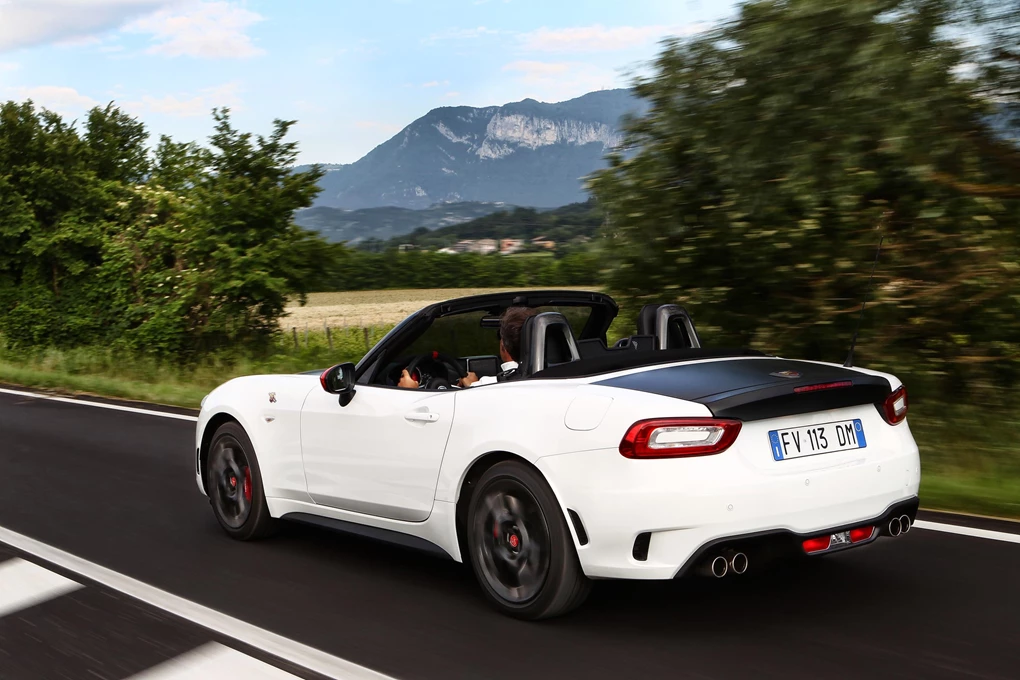
Well, first a thing or two to know about the Abarth 124. To create it, Abarth took the same tack it uses to make the Abarth 500 range, namely more power, a more focused chassis setup, more aggressive looks and – quite obviously from the moment you switch it on – more noise courtesy of a big, rorty exhaust.
What that means is that in the Fiat-Mazda-Abarth triumvirate, it’s actually this which is the most aggressive, the most extreme and the most performance-oriented. Power comes from the familiar turbocharged 1.4-litre petrol engine which crops up in all sorts of Fiat Chrysler-engineered cars, most notably in the Abarth 500s.
In the 124, it’s uprated to make 168bhp, which doesn’t look like much in an era of 350bhp-plus hyperhatches, but which 32bhp more than the standard Fiat 124 and more than enough in a small, lightweight car that weighs just a shade over a tonne.
As a result, it can hit 62mph from a standing start in 6.8 seconds, which is fairly respectable considering the horsepower. Compared against the most powerful MX-5 it’s nearly a second quicker on the benchmark sprint, while it’ll top out at 144mph, some 14mph more than the Mazda.
Like most cars with the same engine it’s quite a boosty little machine and very obviously turbocharged. Below 2,000 revs or so nothing really tends to happen, and then as the turbo boost builds all the power suddenly surges on at once.
That sounds like a much bigger problem than it actually is though, as the torque wave is predictable and helps shoot the Abarth 124 up the road, while throttle response is good for a turbo car and the engine revs fast once it’s over that initial turbo lag hill.
Ride and handling

Something that’s also obvious is how much stiffer this car feels compared against the regular Fiat 124 Spider, or even to the MX-5. Part of that is thanks to a front strut brace which helps strength the body, as well as suspension that’s been custom tweaked to Abarth’s own specifications.
Funnily enough though, although it’s that bit stiffer it still retains that characteristically leany feel of the MX-5 on which it’s based. Mazda engineers this specifically into the car so that it can feel fun at lower speeds, however with the Abarth the weight transfer across the car can happen quite violently particularly when you’re going a bit quicker.
Compared against the MX-5 it’s noticeably snappier and slightly less graceful. If you’re a bit jerky with your inputs it can feel confused in the corners at best and then lurch into pure understeer at worst.
You can tell fairly easily that Abarth has started with Mazda’s recipe and then retroactively modified it for their own desires, perhaps a little more crudely than many would have liked. A bit like taking a perfectly good margherita pizza and whacking pineapple chunks on it, the end result is certainly different to the original but not for everyone.
The steering’s also a bit vague so it can be hard to tell what the front wheels are up to when grip starts to disappear, but if it sounds like we’re ragging on the Abarth we’re not really. It has it’s problems, but overall it’s great fun. The brakes are strong and so it stops as well as it goes, and once you get used to its quirks you can really fling it about.
Crucially, although it mightn’t drive with quite the same sparkle as an MX-5 the thing that might swing people onto the Abarth is the fact that you can have it as an automatic, while the Mazda is strictly manual-only.
Of course, we recognise that with small, lightweight roadsters most drivers will want the DIY option, but there is still a big number of sports car fans out there who want autos, and for them this is perfect. The auto gearbox is a fairly pricey addition, however, at roughly £2,000.
We will say this: while the car certainly looks the business and is a measure more hardcore than its Fiat and Mazda-badged counterparts, we’re not convinced that it’s as much of a drivers’ car. It’s not bad to drive, mind you, but it’s less MX-5-killer, more Fiat-plus. Then is that a bad thing? We don’t think so.
Interior and equipment
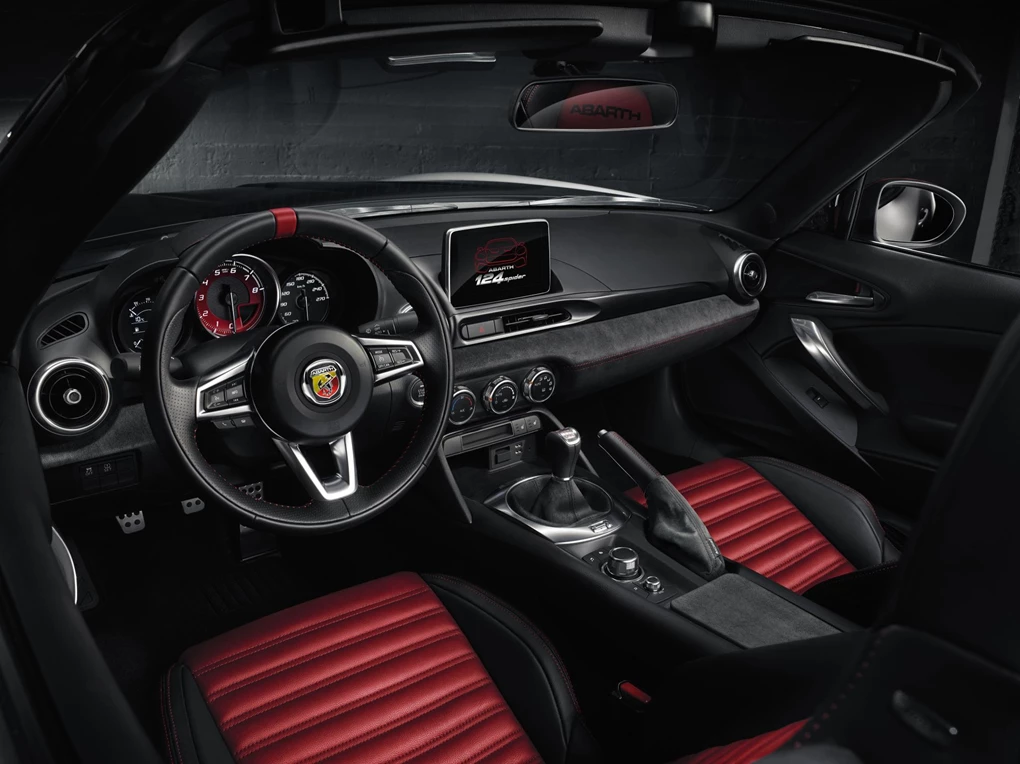
Inside though, the Abarth looks much more purposeful in its sporting intentions than either the Fiat or the Mazda. There’s all this Alcantara trimming here, a big red position marker on the steering wheel and red seatbelts, all of which scream ‘RACE CAR’.
Look a bit closer and you’ll see just how much DNA this shares with the Mazda, though. There’s a Mazda infotainment system, Mazda switchgear, a Mazda steering wheel – albeit with an Abarth badge tacked on - and so on and so on.
That’s no bad thing though, as the Mazda stuff all looks and works well, while the Abarth additions are just enough to make it look and feel a bit better without detracting from the functionality of it all. Roadsters are simple machines at heart, and this has just enough kit in it to be contemporary but without going overboard.
As is expected from a car like this though, practicality is close to non-existent. The footwell is cramped, there’s not a whole lot of room even for those with averagely-sized legs, while the steering wheel doesn’t adjust for reach.
The boot is a piddly 140 litres, which means there’s less room in there than in many washing machines. Of course, nobody’s expecting SUV or estate-style practicality, and it’s just about enough for a couple of weekend bags. Remember, this is likely going to be somebody’s toy, rather than a daily driver so practicality is less of a concern.
Cost
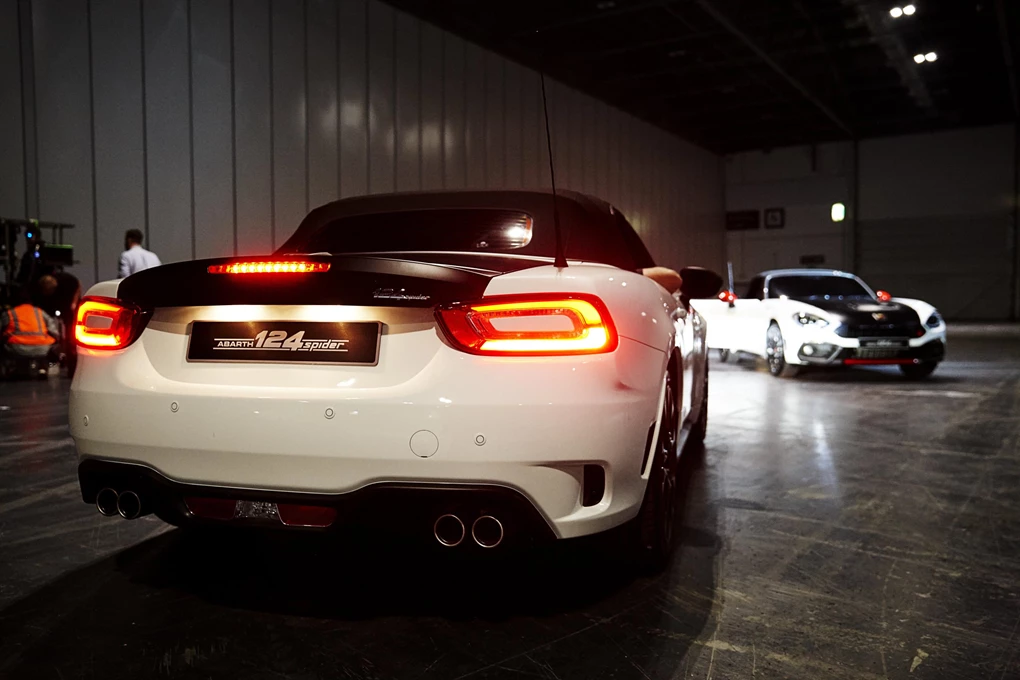
What is a bit more concerning though, particularly given that it’s most likely a weekend car, is how much it costs. The Abarth 124 starts from £29,565, making it close to six grand more expensive than the top-of-the-range MX-5 and about five grand more than the range-topping Fiat 124.
That’s practically another car; you could get a very decent second-hand MX-5 for the same money. Leasing, PCP deals etc are likely to favour the Mazda as well, while running costs likely won’t be great either.
Abarth says you can get around 45mpg out of one of these with 148g/km of CO2; we’ve managed to eke out 37-38mpg, but then do consider that the MX-5 will typically deliver around 35mpg in real-world use.
Verdict
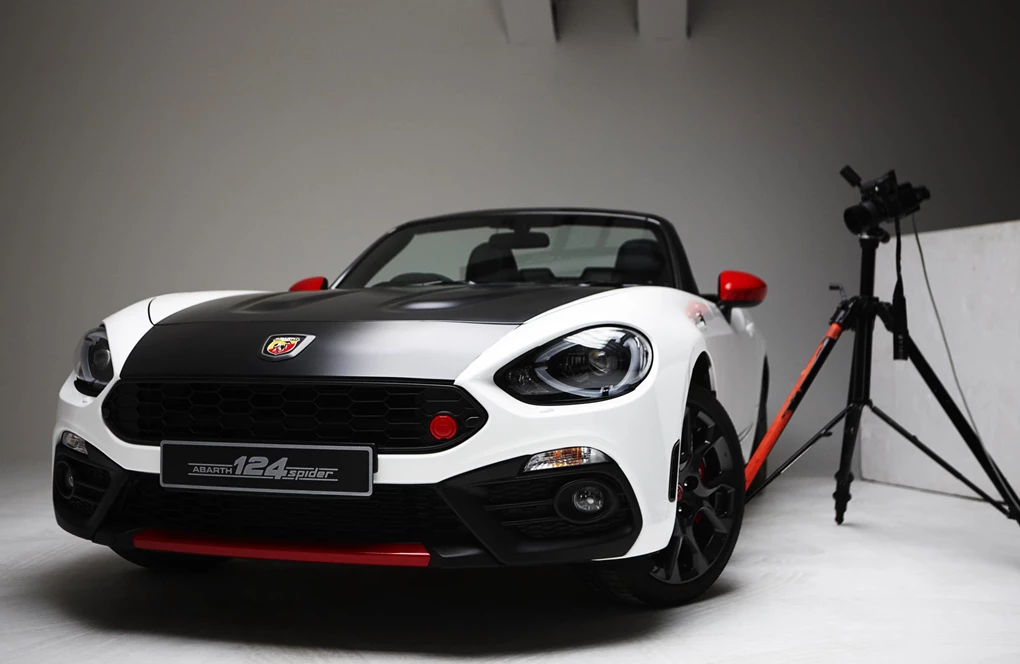
Although it’s less coherent than its Mazda MX-5 rival and it makes less business sense as well, some will like the Abarth’s bold styling, others will like the auto option, while others still will like the turbocharged engine, the noise, the whatever.
The point is that roadsters like this one are always going to be a heart-over-head purchase. They make so little sense on paper, particularly considering the UK’s climate, but we love them anyway. So, MX-5 or 124? Well, what does your heart tell you?
